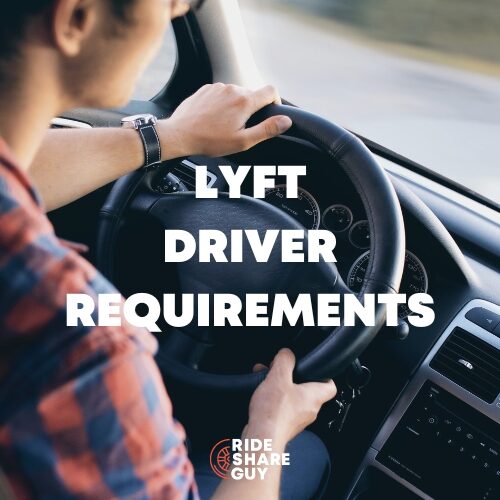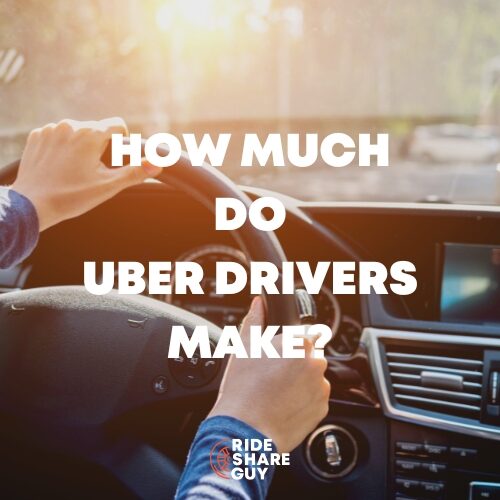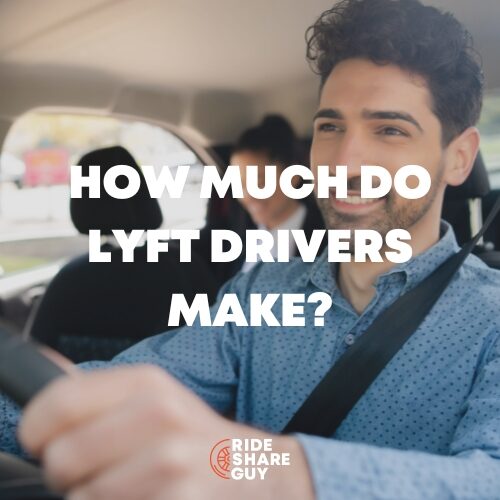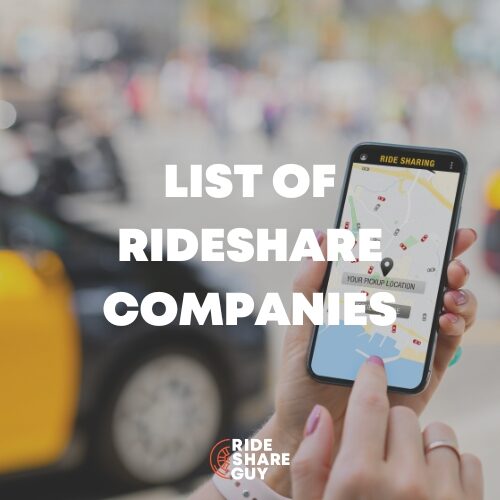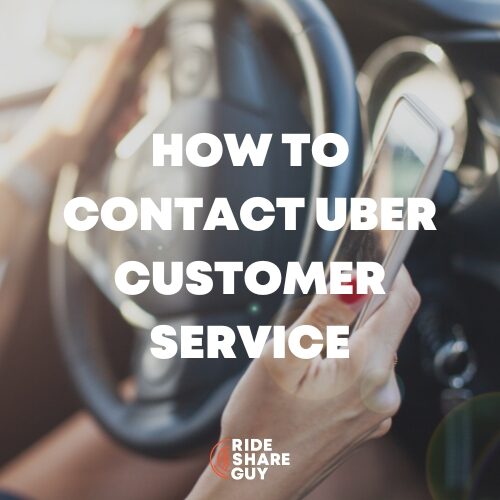Don’t have a smartphone to order an Uber? For some passengers in Toronto, this might not be a problem – just order at a kiosk! Senior RSG contributor Paula Gibbins covers a new type of rideshare-ordering kiosk Uber is testing out in the Toronto airport and how it could affect drivers in the future.
Uber is testing something new in the airport in Toronto. It’s on a trial run at the moment so it might not get off the ground in other areas of the world, but today we’re going to take a dive into what it is, how it works and what significance it might have for drivers.
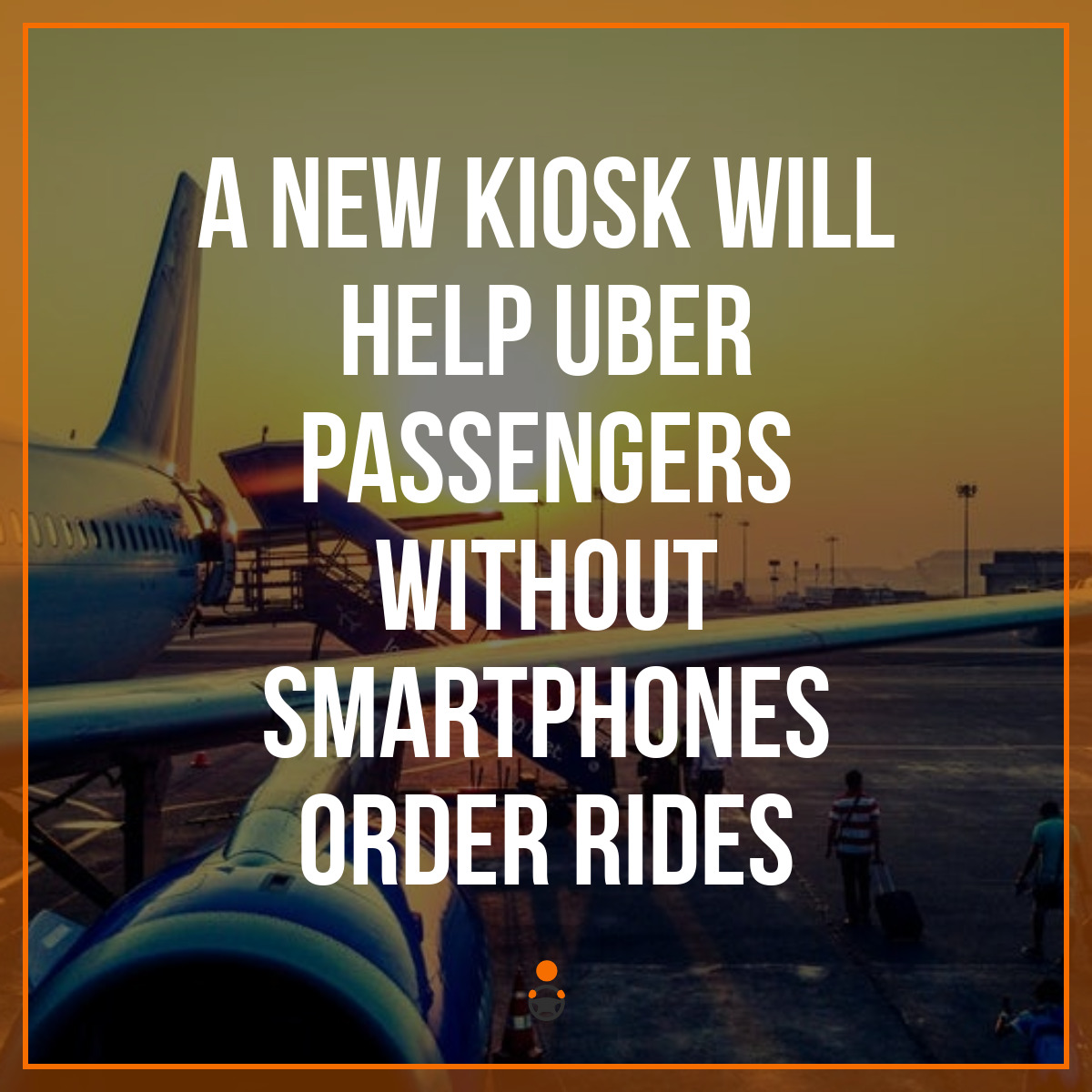
What are Uber Kiosks?
Uber Kiosks are essentially kiosks where people can request an Uber ride. That’s ride – no smartphone needed. Just walk up to the kiosk, input your information and request a ride!
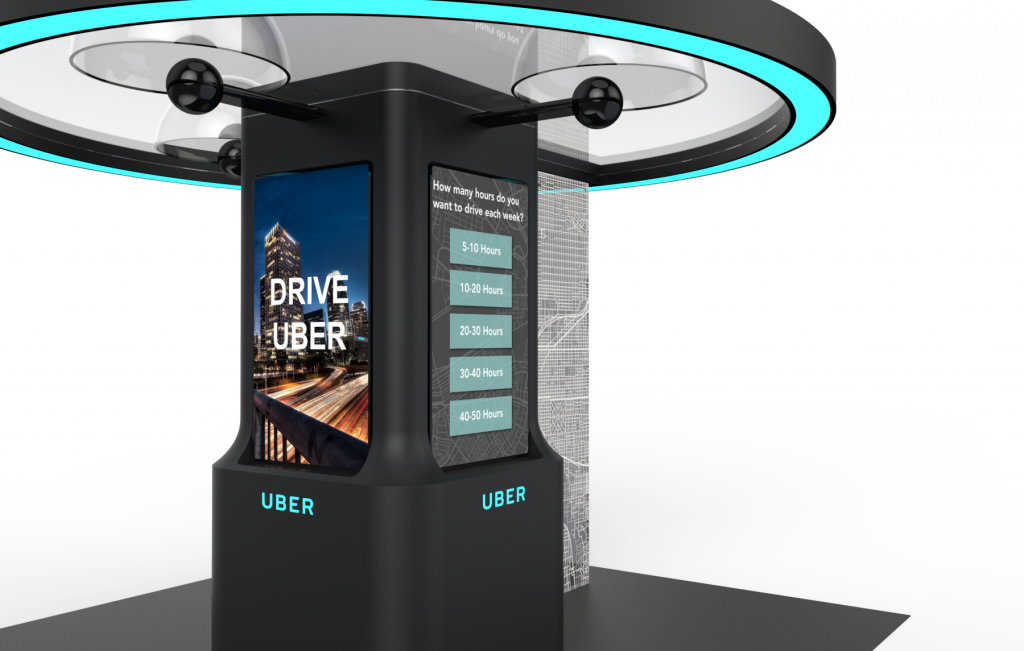
At first, they were tested out in malls in order to recruit drivers. There were representatives stationed next to the kiosks to answer questions and to try to draw people into it. This proved ineffective, so they decided to integrate support into the kiosk itself instead of having to have a physical presence next to it.
An article on Uber’s engineering website states, “Our initial kiosk combines an iPad, a video-conferencing screen, a custom kiosk app built in React Native, and a custom video app powered by Twilio on the backend. Drivers begin their registration using the tablet, while friendly representatives onscreen coach them through the process, answering questions in real time.”
“We also placed kiosks in our Greenlight Hubs, letting driver partners make the choice between sitting down with an expert on the premises or solving their issues with the on-screen representative,” the article stated.
The article concluded, “Kiosks can be a dependable resource for a number of people, including those who may need a ride from point A to point B, without a smartphone or data connection. Additionally, travelers in foreign countries with no data plan could book rides from a kiosk, if we incorporate that capability.”
In August, Uber expanded one use to be at Toronto’s Pearson International Airport for passengers to request a pickup. This opens up the possibility of requesting rides even for people who do not have smartphones or who don’t want to download the app.
A possible expansion for this would include other high-volume venues, such as arenas and stadiums.
How Does It Work?
In a series of tweets, Jon Kantrowitz, who worked on the design of the kiosks, revealed the breakdown of the hardware as well as what is built into the kiosk. Here’s a peek at what he said:
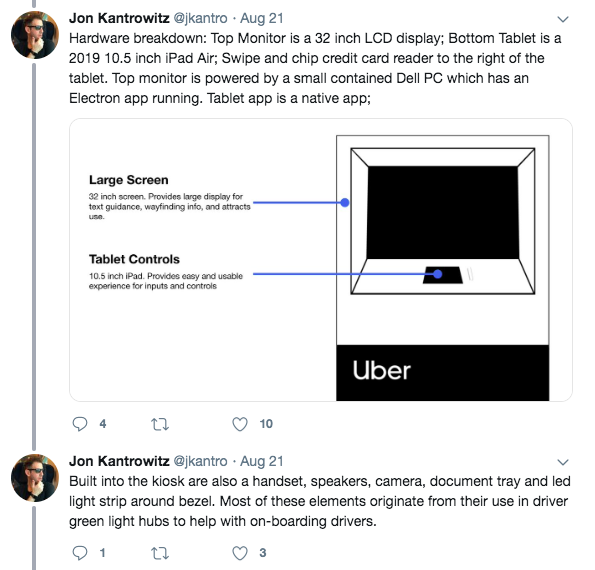
Kantrowitz went on to say that they are working on developing better capabilities for those with limited hearing and vision.
According to Kantrowitz’s tweets, in an early prototype, here’s how the kiosk would work. It will start by asking for your name and phone number (or you’ll have the option to use your email address instead). From there, it’ll ask you where you’re heading to. After that, the kiosk will show you the cost of the available options such as X vs XL or Black/Select:
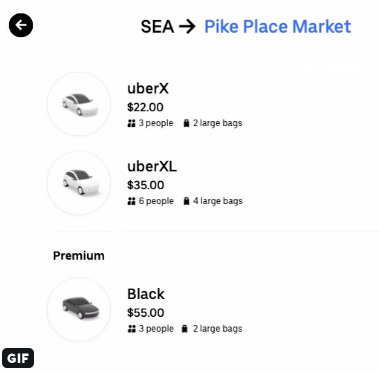
It’s pretty awesome that it’s also estimating for you how many people and bags each option can hold so you can find the one that suits your needs.
You’d input your payment information and then that would prompt it to request your ride. Once a driver is found, it’ll show you the same information the app would, such as your driver’s name, their rating, what make, model and color their car is as well as their license plate info. You can have the kiosk email or text you the details so you don’t have to try to memorize them and you can also send a message from the kiosk to your driver if you have anything you need to tell them. This would also be the last chance you’d have to cancel the ride if you decided against it.
5 Questions We Still Need Answered
Now, as it stands, this currently looks like it won’t affect drivers all that much. But here’s what I’m wondering about it and issues that I think might arise that drivers will have to deal with and react to.
The first question I have is if the passenger doesn’t show up at the place they are supposed to as far as pickup goes. The kiosk is supposed to also help tell them where they need to go to be picked up, but if they order their ride before their baggage has come off the plane, who knows how long a driver would be waiting around to pick them up.
Along the same lines, it seems like there wouldn’t be a way for the passenger to get ahold of the driver after they leave the kiosk, unless that is part of the emailed or texted info they are given. This is more of a concern for the future where the kiosks may be in other places such as stadiums, where it’s hard as it is to get connected to your passenger when there are hundreds and sometimes thousands of people swarming out of the doors at the same time.
Ad: rideshare drivers are saving on their grocery bills by using this Fetch Rewards Referral Code and getting cash back on all of their grocery purchases
I’m also concerned about tipping. As a passenger, I wouldn’t input a tip before actually taking the ride, and if I’m not using my smartphone and the Uber app to book the ride, how do I get the option to tip the driver? I never carry cash. Many people don’t carry cash. So, it feels like tips would be a thing of the past if this kiosk goes live for good. In addition, how are passengers going to leave a rating for the driver? The passengers may be able to rate (and tip) via email later, but in general, I don’t think most people would rate and tip hours later.
The only other thing I’m wondering is if they are going to be surveying the drivers that pick up passengers using the kiosk or if they are just focusing on the user experience. I would assume Uber would be more interested in the passenger experience versus the drivers, but we could hope that’d at least want some feedback from us… right?
Of course, these may be issues that arise during the trial run in Toronto. We’ll keep an eye on how it plays out in Toronto, and if you take a trip to (or live in) Toronto, let us know if you see the kiosks in action!
Do you think rideshare-ordering kiosks will catch on, especially in big venue areas like airports or stadiums?
-Paula @ RSG
